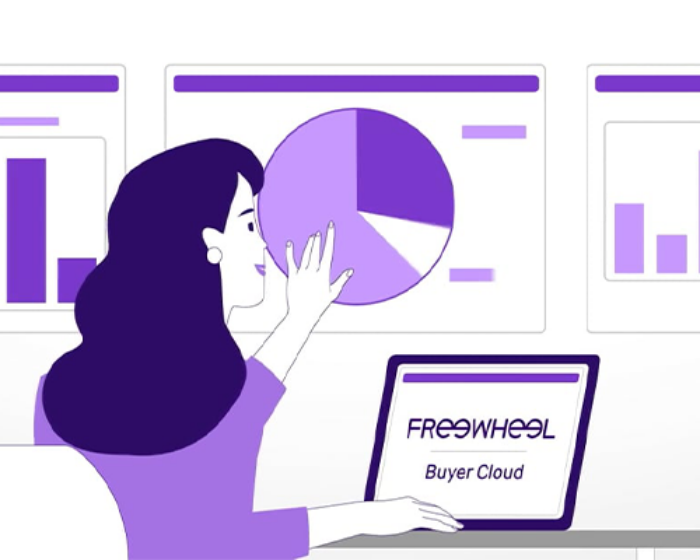Ad frequency — or the number of times the same ad runs within an ad pod or during episodic video content — matters because it influences the ad’s impact. If brand ads are shown too often, they risk annoying viewers and causing them to tune out or even seek out ad-free options. The inverse scenario where ads are rarely shown may not generate enough consumer awareness.
How can advertisers and platforms alike find the optimal ad frequency for campaigns? FreeWheel tested ad frequency by inviting consumers to participate in an in-lab viewing session of episodic streaming content. After the session, their brand recall and sentiment toward the ads was tested. Based on these findings, here are some tips to balance ad frequency, maintain viewer engagement, and achieve advertising goals.
Two is Better Than One
For brands, a single ad exposure will have a big impact. When testing recall after a viewing session, viewers were able to recognize three in four ads they saw with 46% purchase intent. After two exposures to the same creative, ad recognition increased to 90%, and purchase intent increased to 56%, showcasing clear benefits for ad frequency within an episode.
While benefits flattened out after two exposures, a third exposure was not harmful for brands. Frequency capping at two to three per episode can help brands avoid overexposing ads to viewers while making the most efficient use of their ad dollars.
Up To Three is Not Harmful
Repetition of the same ad during a single episode has long been a complaint for viewers when it comes to streaming video. At times, viewers receive the same ad over and over due to various causes including over-targeting a niche audience segment, lack of frequency capping, or ad delivery through multiple inventory pools.
Viewers participating in the study did not rate the ads as more annoying when they were exposed to the same creative up to three times in a program, indicating ad fatigue may occur at higher frequency levels. Up to three exposures in a single episode, ad recognition increased with each exposure, while purchase intent jumped from 46% to 56% between the first two viewings and then declined to 51% upon the third.
Consider Diversifying Creative
Exposure to different creative for the same brand can lead to increased impact. On a scale of 1 to 7 intended to measure whether ads were informative, viewers in the study rated ads 4.4 when they were exposed to the same creative twice and 4.9 when exposed to two different creatives. A similar trend occurred for relevance: 4.3 for the same creative twice and 4.9 for two different creatives.
The data suggest that varied messaging may keep audiences more engaged. Presenting different ads can showcase different aspects of the brand while decreasing the risk of ad fatigue.
Conclusion
Ad frequency can impact the success of your advertising campaigns. Brands should aim to reach as many people as possible and then strive for additional exposures to maximize their impact — but there is also a limit beyond which ad exposure becomes counterproductive among many consumers.
Brands can use their ad dollars more efficiently by setting frequency caps to two per episode. Also, remember that campaigns without frequency caps may risk over-exposing viewers to the brand’s detriment. Protect against ad fatigue, and keep audiences extra engaged by rotating multiple creative messages.
Ultimately, fostering a more effective ad experience is incumbent upon both buyers and sellers — as well as the technology companies that connect them. Buyers should provide multiple creatives and communicate their expectations, and sellers must implement the infrastructure required to power frequency capping.
To find out more about FreeWheel’s commitment to the viewer experience, check out the FreeWheel Viewer Experience Lab.
Source: FreeWheel, MediaScience in-lab study. Results on Frequency, November 2023, n=140.



